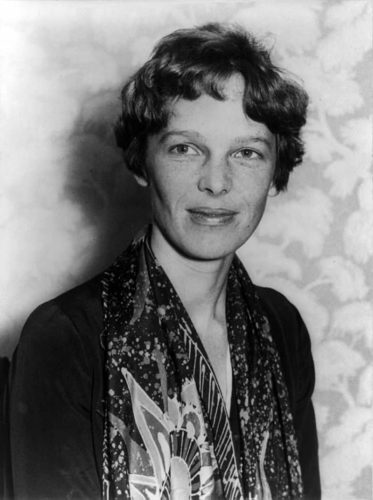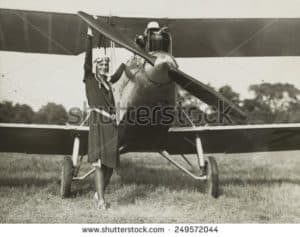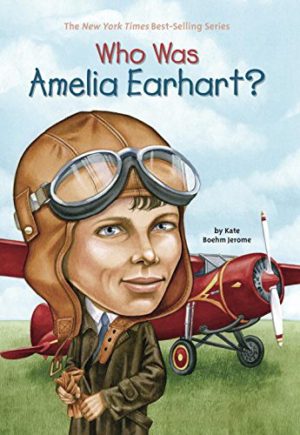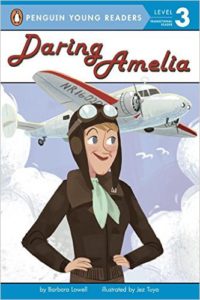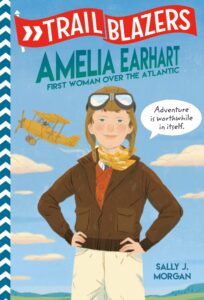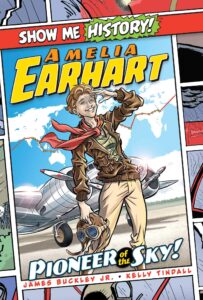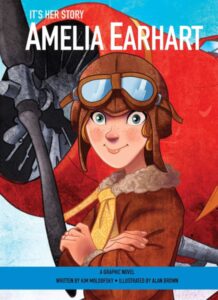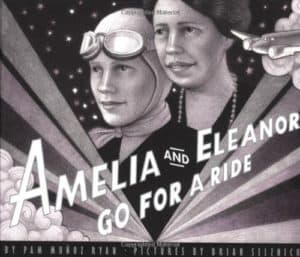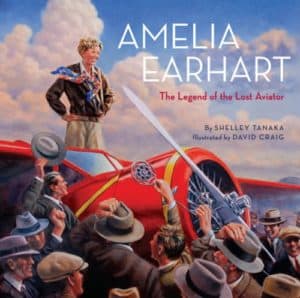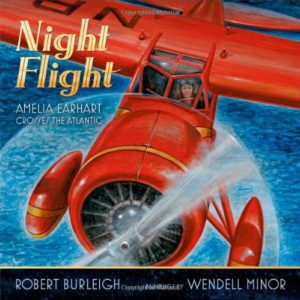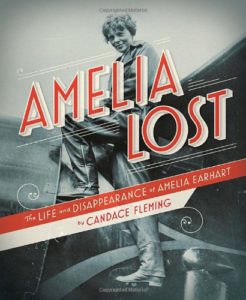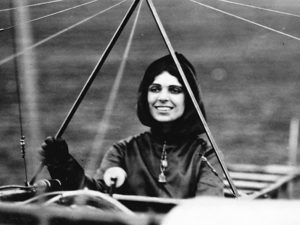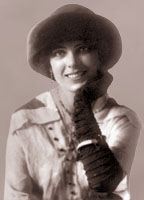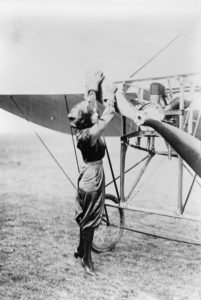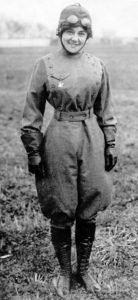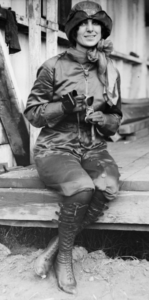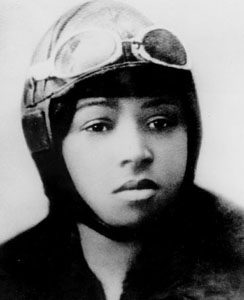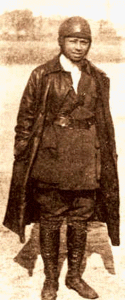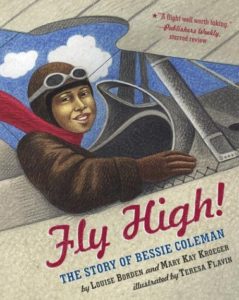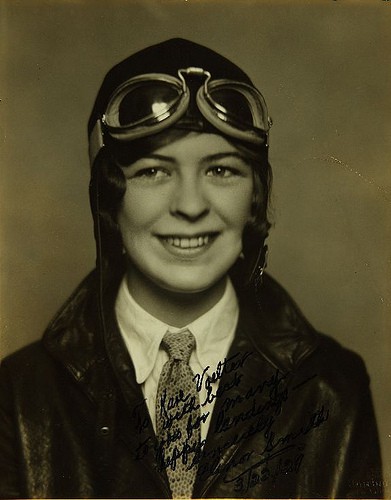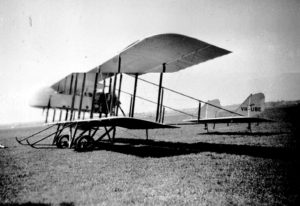Mae Among the Stars
By Roda Ahmed, Illustrated by Stasia Burrington
When Little Mae was a child, she dreamed of dancing in space. She imagined herself surrounded by billions of stars, floating, gliding, and discovering. She wanted to be an astronaut. Her mom told her, “If you believe it, and work hard for it, anything is possible.”
Matched with her mother’s encouraging words, Mae’s curiosity, intelligence, and determination paved the way for her incredible success at NASA. Mae Jemison was the first African American woman to travel in space. 4-8 years
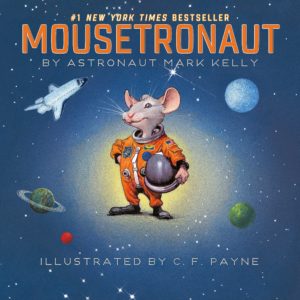
Mousetronaut
by Mark Kelly, Illustrated by C.F. Payne
Astronaut Mark Kelly flew with “mice-tronauts” on his first spaceflight aboard space shuttle Endeavour in 2001. Mousetronaut tells the story of a small mouse who wants nothing more than to travel to outer space. He works as hard as the bigger mice to show his readiness for the mission and he is chosen for the flight. While in space, the astronauts are busy with their mission when disaster strikes. Only the smallest member of the crew can save the day. 4-8 years

Good Night Astronauts
By Adam Gamble, Illustrated by Mark Jasper
Good Night Astronauts features space camp, spacesuits, an international space station, rocket ships, space food, gravity, the solar system, stars, the atmosphere, walking on the moon, sleeping in space, science, and more. Put your spacesuit on and prepare to blast off! This board book takes little astronauts on a journey through an unforgettable galactic adventure. Little space cadets will learn about life as an astronaut in outer space while being lulled to a dreamy, star-filled sleep. Look out for aliens! Baby-3 years

Astronaut Handbook
By Meghan McCarthy
Do you have what it takes to be an astronaut? Blast off in this nonfiction picture book that transports aspiring space travelers to astronaut school. Take a ride on the “Vomit Comet” and learn how it feels to be weightless. Try a bit of astronaut food like freeze-dried ice cream. Have your measurements taken for your very own space suit. Get ready for liftoff! 3-7 years
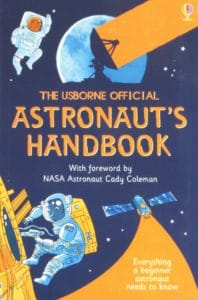
The Usborne Official Astronaut’s Handbook
By Louie Stowell, Illustrated by Roger Simo and more
This is a how-to-guide for budding astronauts. It provides a crash course on what it takes to travel into space. This book answers all the big questions, from: “How do rockets work?” and “What do astronauts do all day?” to “How do you use the toilet on a spaceship?” This book explores the technology that astronauts use, from space suits to Soyuz spacecraft, and the scientific experiments performed on the International Space Station. 9 years and up

Look to the Stars
By Buzz Aldrin, Illustrated by Wendell Minor
Buzz Aldrin is one of only a handful of astronauts to have walked on the moon. He has a unique perspective about space. This book is an introduction to everything space related. It includes the development of the first rockets, America’s space race with the Soviet Union, details of all the Apollo missions, and learning about the International Space Station. 6-8 years

Astronauts
By Sophie Dussausois, Illustrated by Marc-Etienne Peintre
Blast off with this interactive book: Pull a tab to launch a rocket, lift the flaps to see inside a space suit, or turn the page to land the capsule safely on the ground. Chock-full of age appropriate information, this book is an out-of-this world look at astronauts and what they do. 5-8 years

My Journey to the Stars
By Scott Kelly, Illustrated by Andre Ceolin
Astronaut Scott Kelly wasn’t sure what he wanted to be when he grew up. He struggled in school and often got into trouble with his twin brother, Mark. Then one day, Scott discovered a book about test pilots and astronauts. That book set him on a new path. He first became a pilot and then an astronaut along with his brother. They were the first twin astronauts in history. His greatest accomplishment was commanding the International Space Station and spending almost a year in space. This is the story of an ordinary boy who grew up to do extraordinary things. 5-8 years

Astronauts
By Christine Engel
Blast off on an adventure to the International Space Station! Join the astronauts on their long journey. Learn how they work, eat, and sleep in this zero-gravity atmosphere. With its interactive features, kids can make a rocket take off, go on a space walk, and watch the sun rise and set 16 times a day. Board book for 1-4 years

Astronaut: Living in Space
by Kate Hayden
This Level 2 reader explores the fascinating world of an astronaut and tells what it’s like to live in space. Young readers learn what it’s like to hold down a job in zero gravity. 6-9 years
The book descriptions used are primarily from the publishers.
If you like this post, then please consider sharing it and leaving a comment below. Thank you! Barbara Lowell, Children’s Author
You may like: Astronomy for Kids: Teaching Space Science to Young Stargazers (Free Booklet.) https://www.telescopeguide.org/astronomy-for-kids/
Books for Kids: Apollo 11, The First Trip to the Moon, https://barbaralowell.com/books-for-kids-apollo-11-moon
Astronauts For Kids https://www.ouruniverseforkids.com/astronauts/

